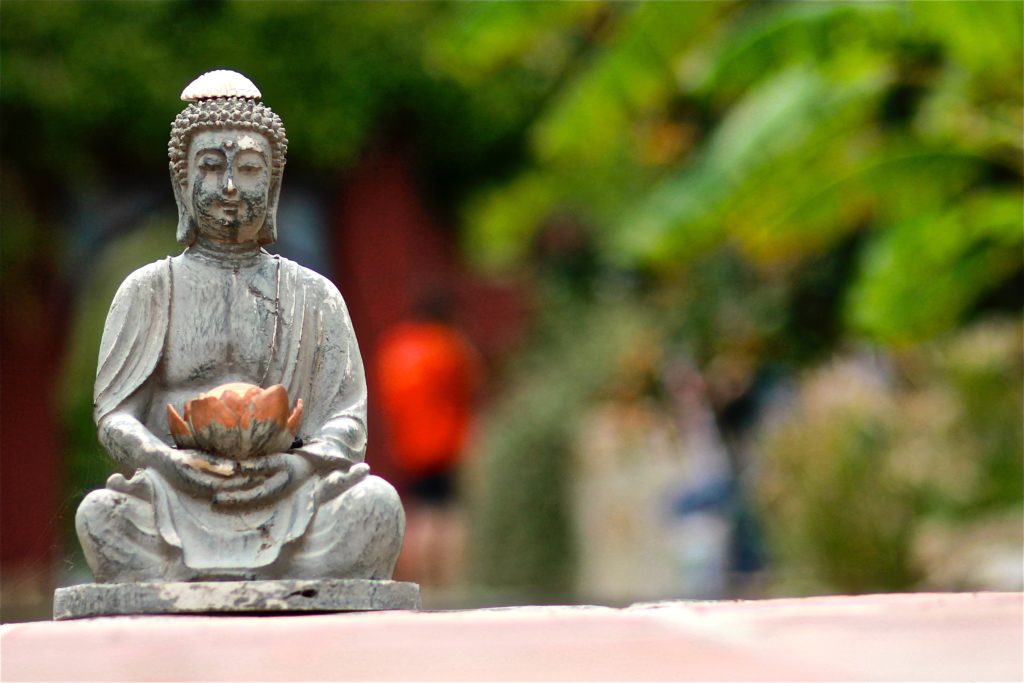
Models of Minds – Buddhism and Modern Science
The Buddha in his quest to understand the nature of reality understood that whatever human beings experience is always mediated by their consciousness. However mysterious the human consciousness may sound, modern thinkers and philosophers have understood human consciousness as natural and it comes into existence following the laws of nature. Understanding human consciousness is not an easy affair, but perhaps one of the most difficult reality to understand it though we experience our consciousness all the time.
Consciousness is ever present and this ever-present nature of the consciousness is difficult to pin down in terms of abstractions. But the Buddha set for to explain the model of mind, but like any other model, it is the crude representation of what is the “real” consciousness, but this model is nevertheless important to put in use to understand the nature of human suffering and eradicate the human suffering by understanding the “nature of experience” itself.
The scientists and neuroscientists have been equally determined to know what is the consciousness and it takes much-heated debate to agree upon what exactly they debaters is talking about. The model of mind that Buddha presented is an aid to end the suffering that human beings face all the time.
The model of mind that the Buddha hinted went on further refinements at the hands of other great Buddhist teachers and masters. The model of mind is presented in the famous Abhidhamma, but the Abhidhammic texts become very abstract and obtuse to understand the model of mind itself. Therefore the masters of Abhidhamma like great Vasubandhu presented a model of mind that is both workable and useful for the people who seek their true liberation.
In his model of mind, the consciousness is 8-layered, and not that all these layers are separated, but they intersect each other in a way making it difficult to separate these layers. The foundational consciousness in this model of mind is called “storehouse consciousness” and this consciousness “houses” all the seeds of what is termed as good or bad, but this consciousness itself goes beyond good or bad. It can be termed as the consciousness that has evolved after million years of change, slow and incremental change that created this consciousness. The storehouse consciousness is turned into mirror consciousness.
The second layer of the consciousness is called Manas, which can be defined as the “I”-Consciousness. The consciousness that creates self by also creating other. The creation of the self and as a result other is one of the factors that lead to strife within and in the society around and hence the consciousness of the Bodhisattva turns this into “non-discriminatory consciousness”.
Then there is a mind consciousness where the usual thinking occurs and it blends data received from the five senses into conceptualization.
The five consciousness are the sense-based consciousnesses depending on the sense organs.
This model of mind is pragmatic for the reasons that the deep understanding of its working can give rise to the transformation that can have the impact on changing itself and by that way having an impact on others.
Author – Mangesh Dahiwale, Human Rights Activist



+ There are no comments
Add yours